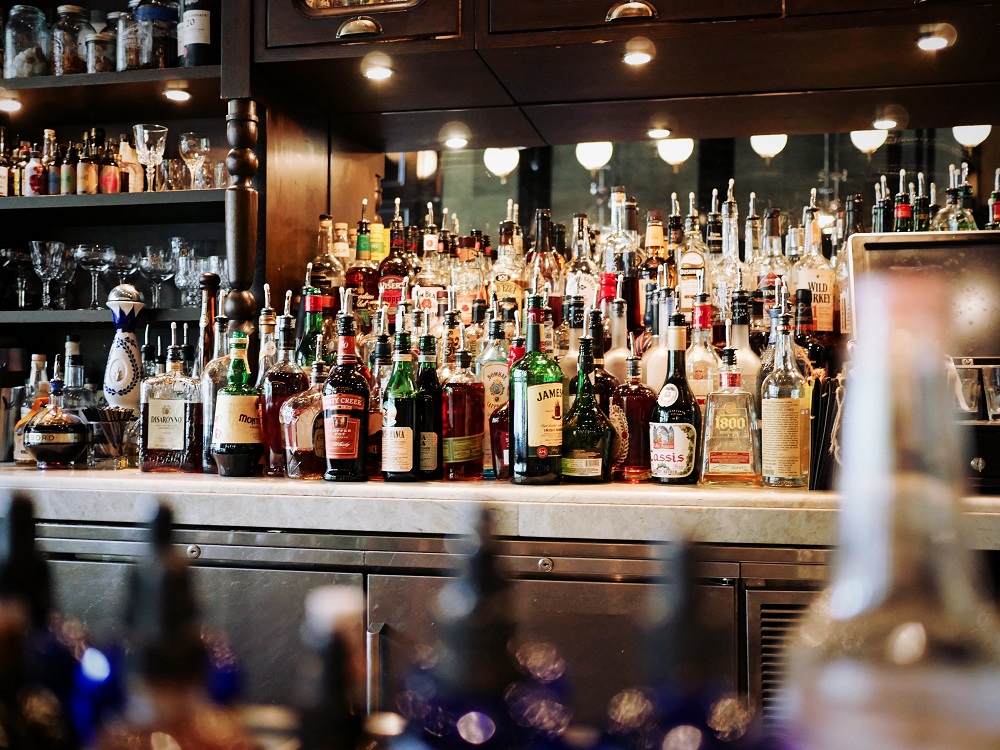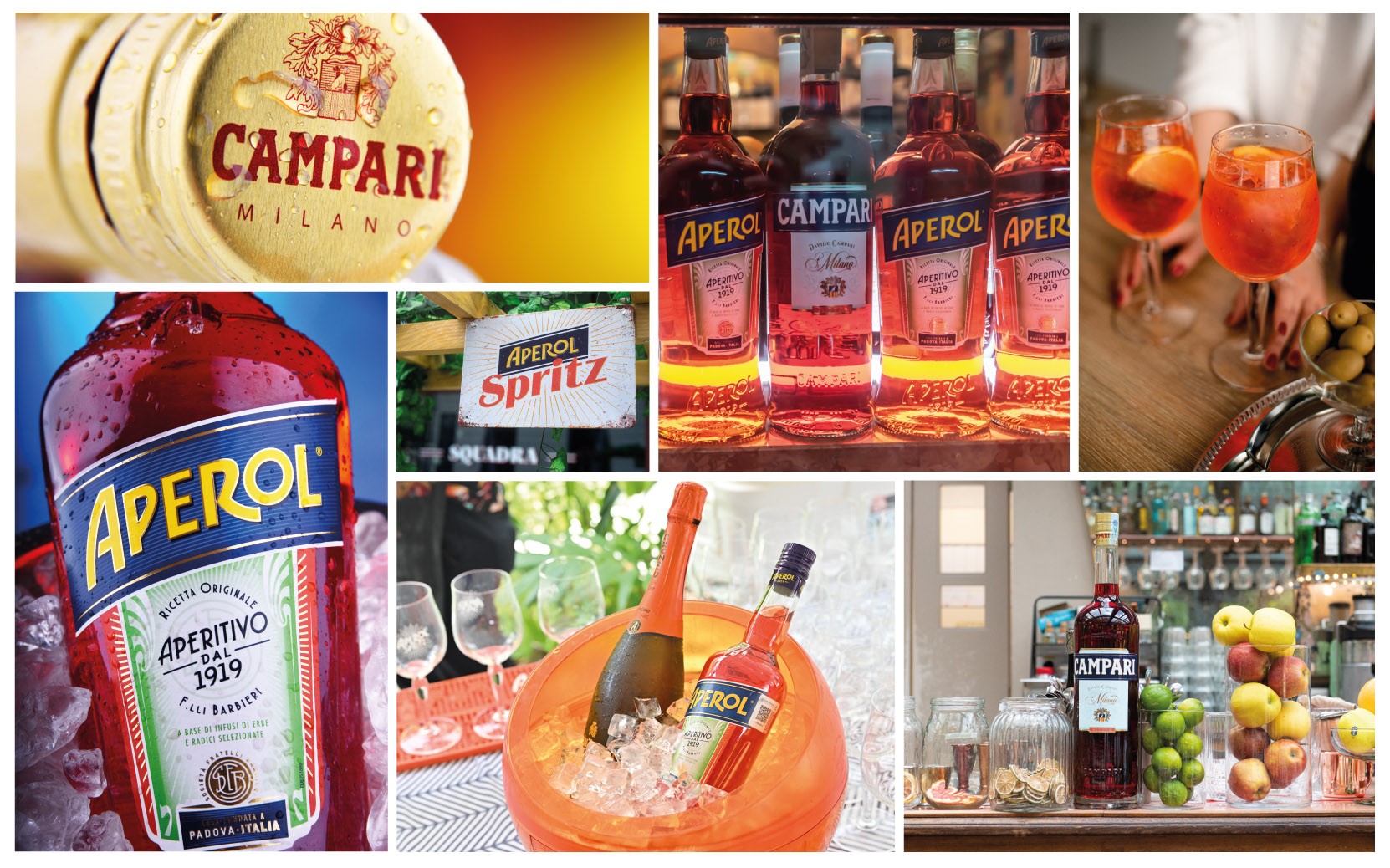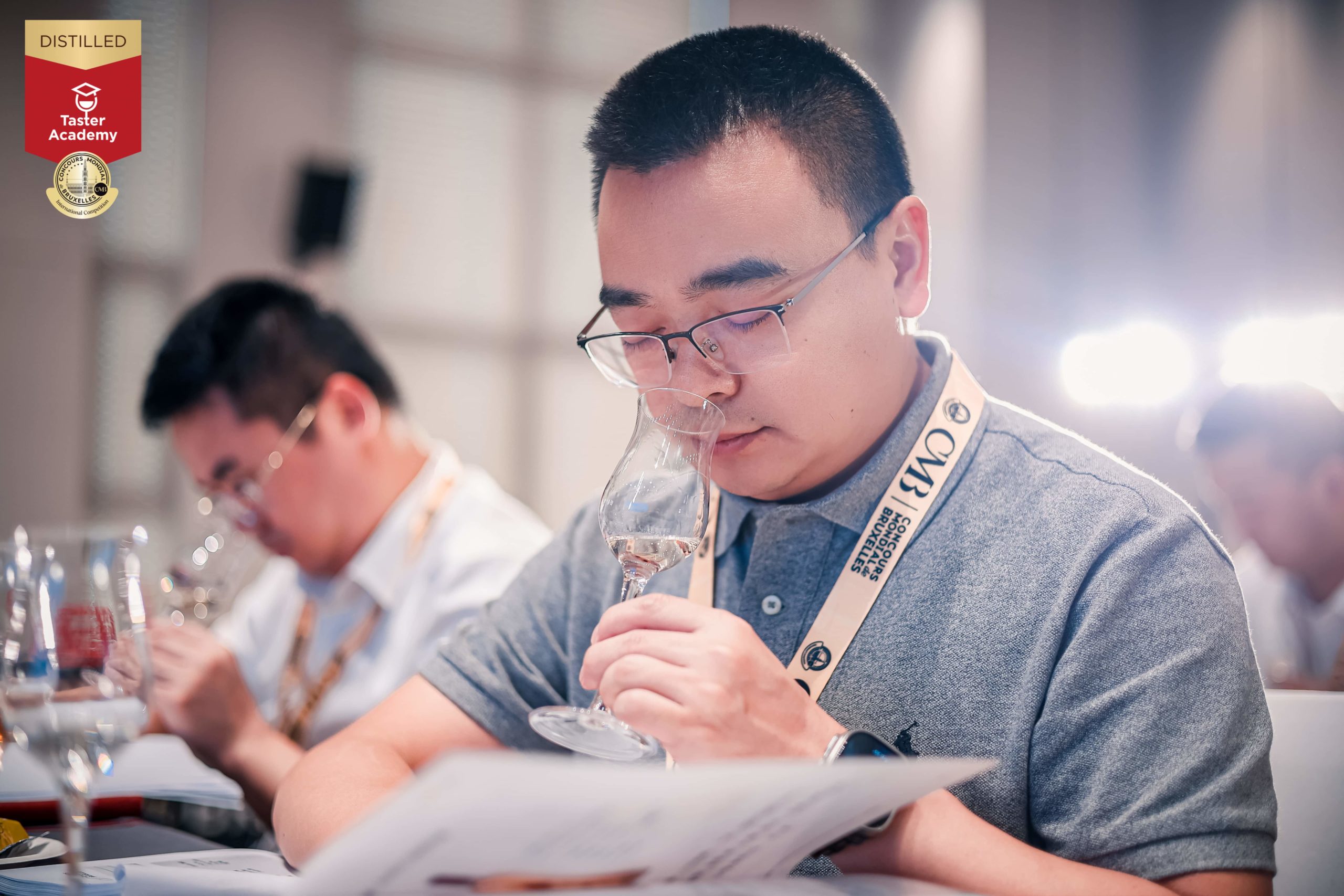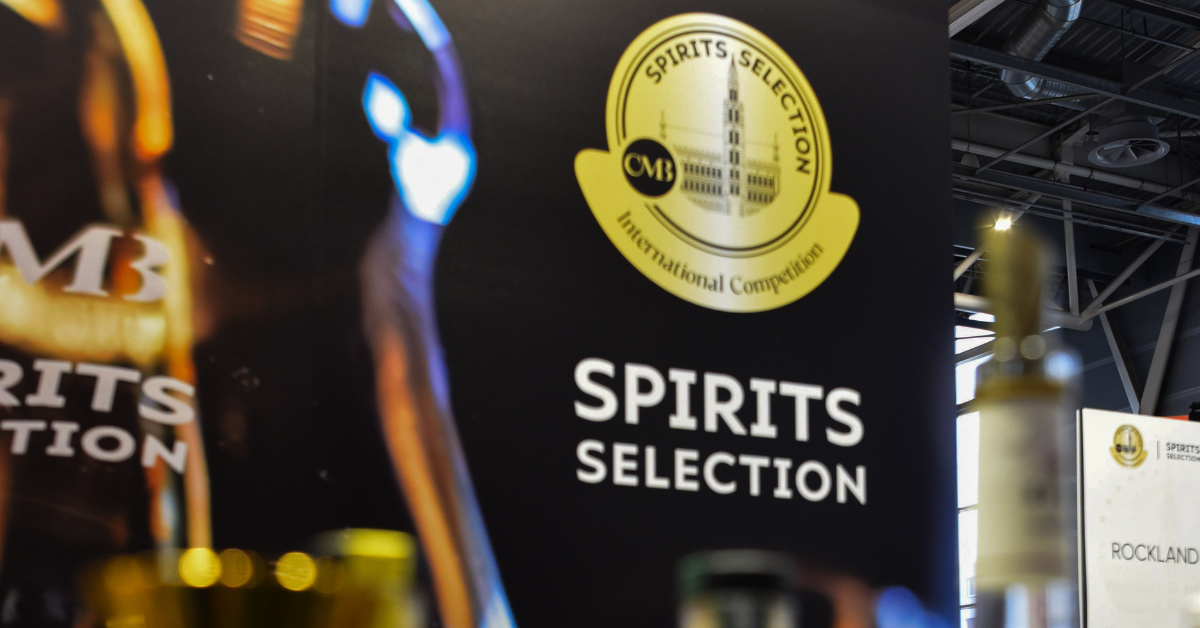The post-Covid spirits market in Italy

For the first time ever in Italy, gin consumption has outstripped that of whisky and vodka. Over the past five years, Campari and Aperol have grown by 10%. We take a closer look at current trends in the Italian spirits market.
The Italian spirits market has always been more typically geared to the on-trade than the off-trade. The tendency among Italians to indulge in spirits at social events is a significant factor in understanding market trends, emerging categories and the future of food and beverage in the country. Any analysis of Italy invariably implies looking outside the major tourist spots and large conurbations, and taking on board regional differences. During Covid and in its immediate aftermath, the domestic market experienced shrinking consumption. The extended closure of venues, the Italians’ propensity to save money rather than spend on going out and the lack of opportunity for drinking outside the home led spirits categories across-the-board to collapse, even those that were previously in growth mode.
Conversely, 2022 witnessed an unprecedented recovery, with sales and consumption posting all-time highs. This nevertheless proved to be very challenging, with industry players struggling to keep virtually every type of product in stock, to varying degrees, due to the lack of dry goods (bottles, cardboard boxes, closures…) and logistics issues.
G & T leads the way
In Italy, gin is the best-selling spirits category. In fact, the trend has even been dubbed gin mania. For years, increasing numbers of new brands have been entering the market, creating a very competitive landscape. The best-known, best-selling super premium brands such as Gin Mare, Hendrick’s, Malfy and Monkey 47 continue to grow and to take market shares from new, emerging brands, thus preventing them from expanding.
In Italy, gin is the best-selling spirits category. The best-known, best-selling super premium brands continue to grow and to take market shares from new, emerging brands, thus preventing them from expanding.
Concurrently with this, the choice of high quality tonic waters has also expanded but in this instance, the super-premium market is cornered by the Fever Tree brand. In the standard category, Schweppes and Red Bull Organics play a prominent role in the on-trade.
In 2022, for the first time ever, gin consumption outstripped that of whisky and vodka with 1.781 million 9-litre cases compared with 1.173 and 1.001 million for whisky and vodka. The super-premium gin category grew by 10%, with most of the gin mixed with tonic water. Leading names in the super-premium arena post sales of around 1 million bottles a year.
The vodka segment in 2022 showed no change on 2019. Italian consumers’ tendency to choose luxury offerings has dropped and consumption has been partially offset by gin and the new emerging, agave-based spirits category, including brands such as Casa Azul.
Whisky and whiskey have lost volume in the standard category, but managed to maintain low growth in the super-premium and luxury segments, despite significant price hikes.
Blended dark and light rums are losing traction, with the exception of super-premium offerings designed to be savoured that include market leaders Diplomatico, Zacapa and Don Papa.
Categories like brandy, Cognac and distillates from around the world are not witnessing growth, in fact their consumption has followed a downward trend over the past five years, as evidenced by sales reports.

Occasion-driven consumption
The domestic market in Italy has a tendency to favour one special occasion – the aperitivo – usually early evening, just after work, when imbibers gather to drink a cocktail, a beer or a glass of wine served with nibbles or tapas.
The 10 million litres of Campari and 24 million litres or so of Aperol sold in 2021 – growing 10% over the past five years – illustrate the impact and precision of marketing campaigns rolled out by the Campari group. It also demonstrates the relevance of the group’s consumption strategy and the trend towards drinking lower alcohol spirits.
The 10 million litres of Campari and 24 million litres or so of Aperol sold in 2021 – growing 10% over the past five years – illustrate the impact and precision of marketing campaigns rolled out by the Campari group.
As for consumption of Italy’s traditional post-prandial liqueurs, Vecchio Amaro del Capo with sales of 7.8 million litres is the most popular Amaro in Italy, with Amaro Montenegro following far behind.
With an ageing population and low GDP growth, the Italian market is likely to experience a decline in consumption over the coming years. At the same, however, the country’s international tourist hot-spots, high-end cuisine and countless luxury venues make the Italian market a key destination for international brands seeking to secure upscale positioning.
Marco Callegari
Source: 2023 IWSR data


